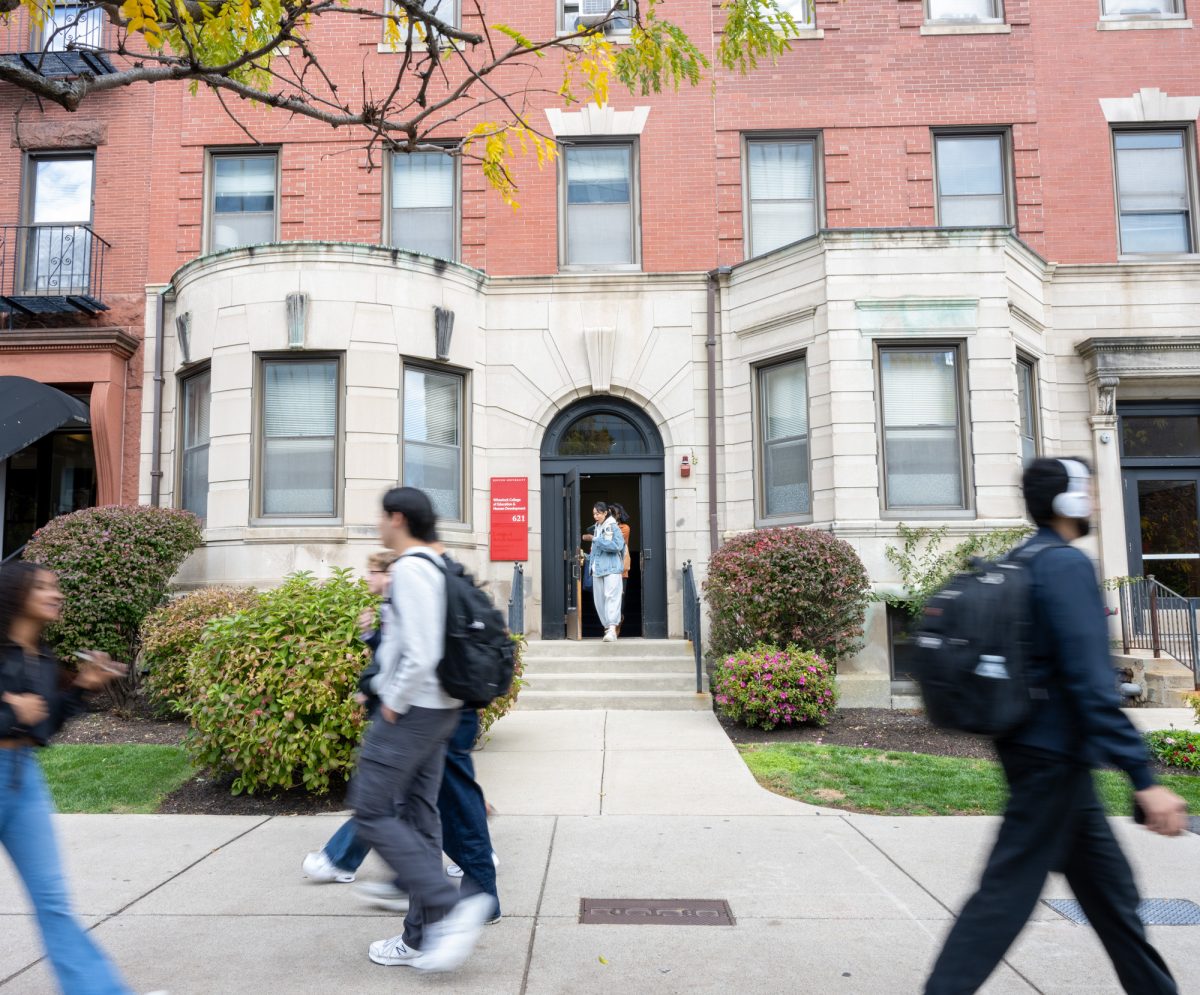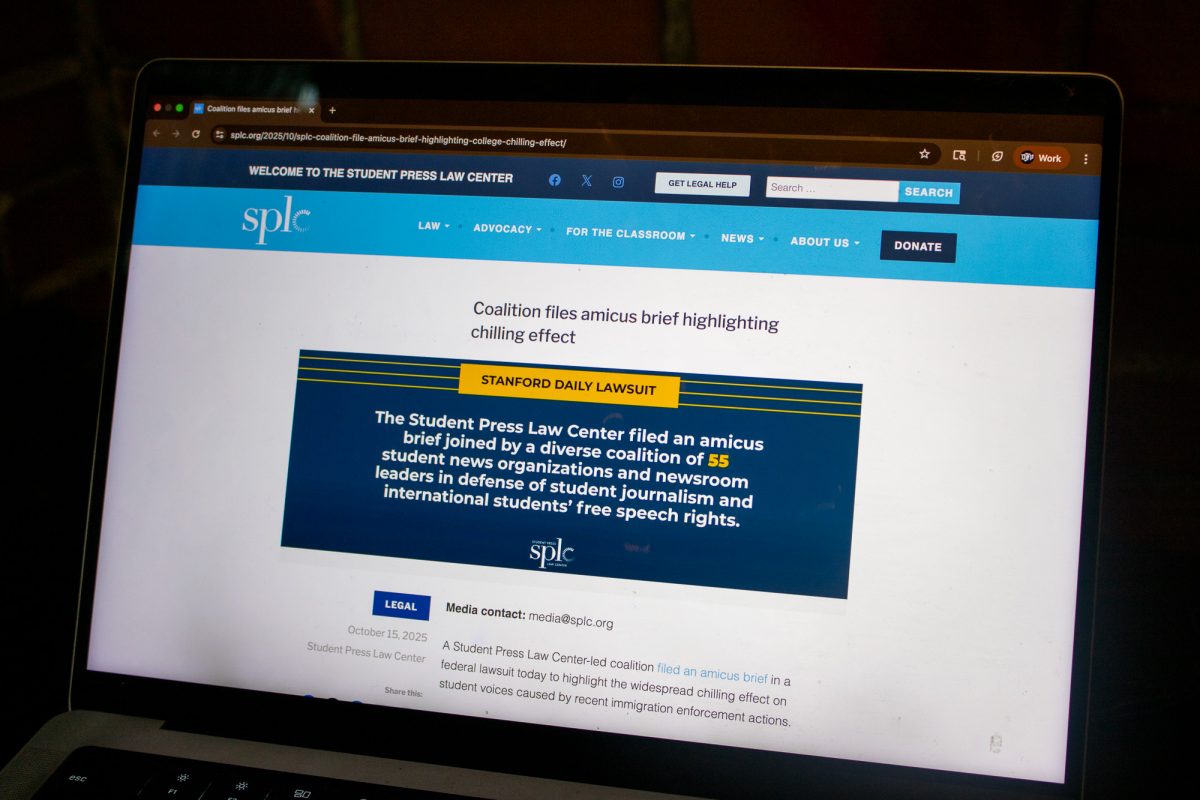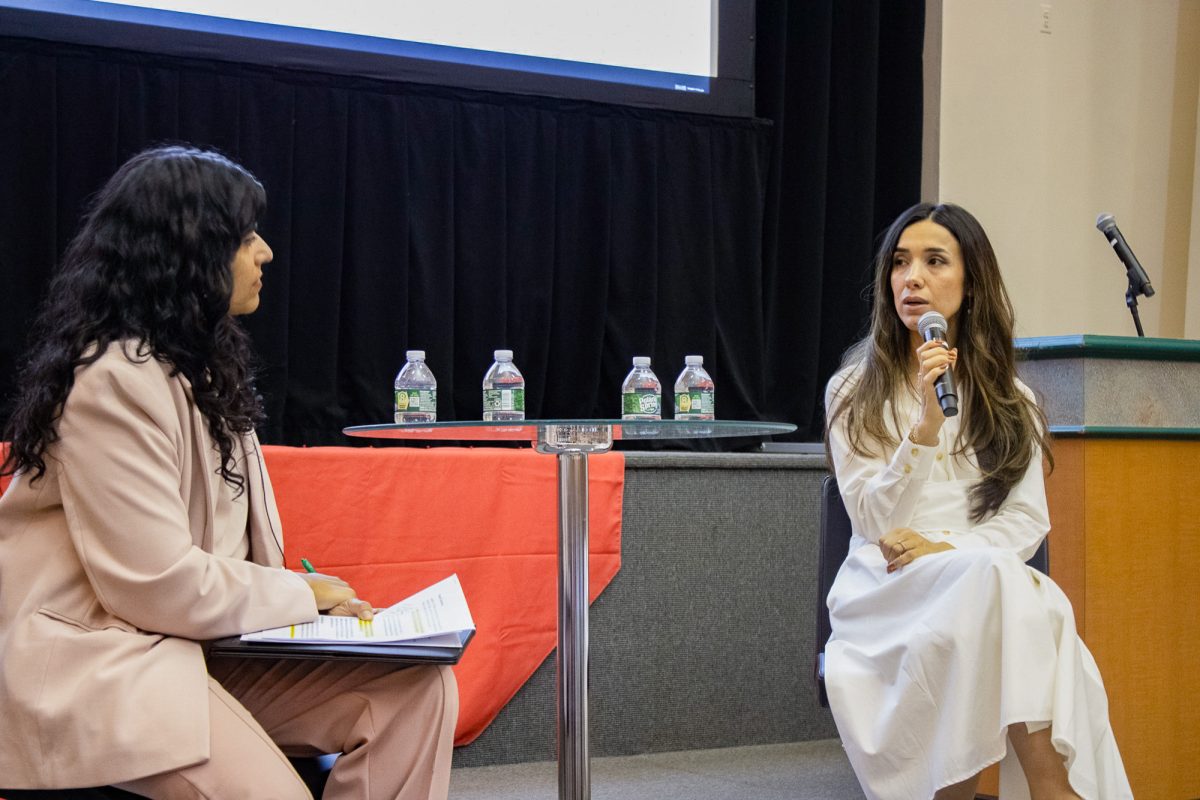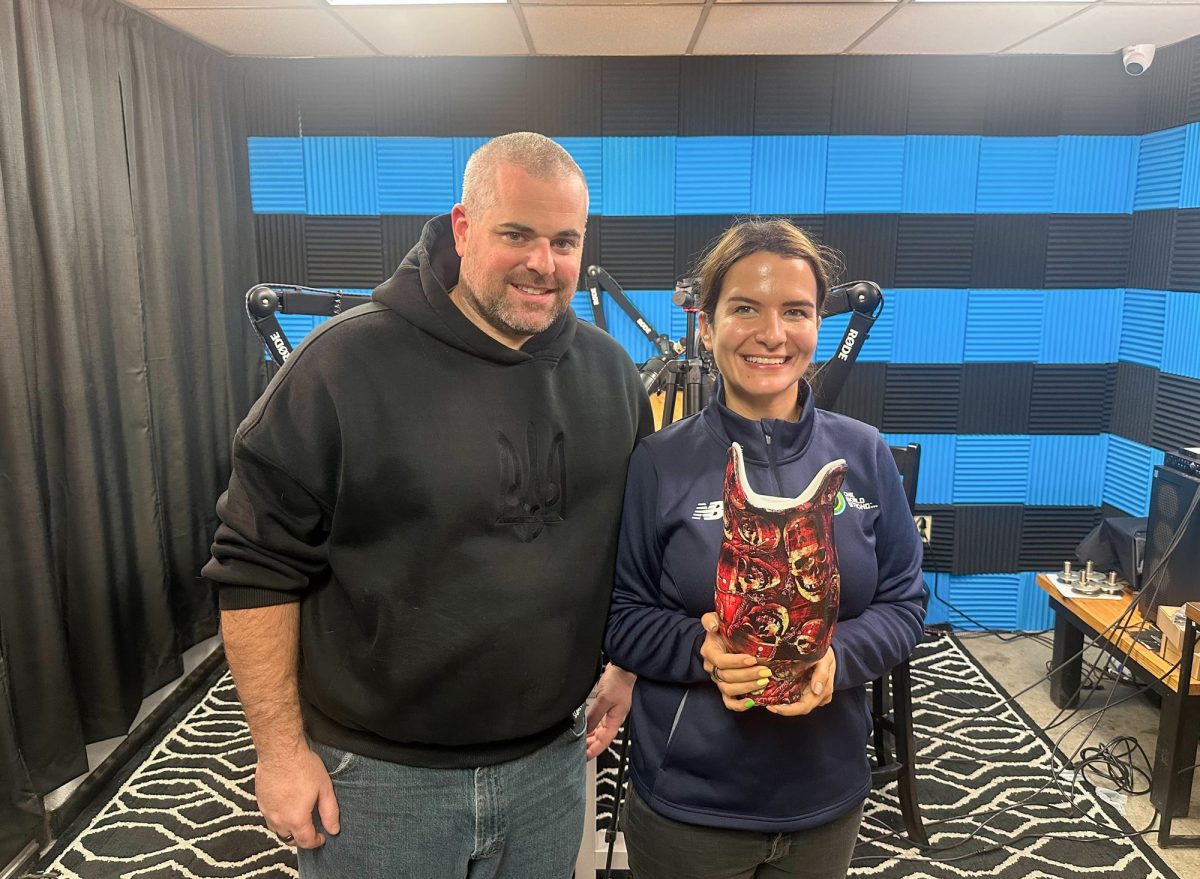With the economy still suffering, more college students than ever before are accepting unpaid internships, causing the federal government to question the legality of work without pay.
Officials in states such as Oregon and California have begun investigating and fining employers who do not comply with minimum wage laws or whose internship programs do not conform to the legal criteria outlined in an advisory issued by the U.S. Department of Labor.
According to the advisory, if an intern does not receive pay, the work should be pertinent to the vocation, should not interfere with the jobs of regular employees and should primarily benefit the intern as opposed to the employer.
However, Boston University Career Services Director Kimberly DelGizzo argued that internships are always worth looking into if possible, pay or no pay.
“It’s not unfair . . . some industries simply can’t afford it,” she said. “Of course, nobody is going to turn down pay . . . but if the employers are offering a good experience, then it’s a great opportunity to gain some real hands on experience and position yourself for entering the labor market.”
Many BU students agree that the pros of unpaid internships outweigh the cons.
School of Management sophomore Tina Yip currently holds an unpaid internship at Buzz University, a social media marketing firm, as well as at Cooperative Arts Institute, a non profit theater company. She said what she doesn’t earn financially she gains in practical knowledge of the industry.
“I don’t mind that it’s unpaid, because I get the experience,” she said. “It will really help me grow as a marketing student and help my career, which is great.”
Yip agrees that stricter guidelines should be in place, though maintains a positive attitude toward work for the sake of experience.
“I’m glad the government is trying to hunt down companies who [take advantage of] interns, but I think it’s worth it just for networking opportunities,” she said. “Getting paid is always nice, but when I look for internships, I look for something that will provide me with a good amount of experience that I won’t be able to get in class.”
College of Communication freshman Rachel Blumberg, who is looking for summer internships in the film and TV industry, said she thinks unpaid internships are internships nonetheless.
“Unpaid internships are worth the experience,” she said. “Although you aren’t making any money, you are gaining valuable experience that can help you decide your future career.”
She also said that because most unpaid internships have negotiable work hours and days, it is possible to work a normal job to make money.
“If you work an unpaid internship three days of the week, that still leaves you four days to work a normal job and make money over the summer,” she said. “That’s a win-win situation.”
The increase in media attention to unpaid internships is a result of increased student interest and a shift in guidelines, she said.
“The percentage of unpaid internships [in comparison to paid] hasn’t changed, awareness has,” she said. “Labor laws have changed as well . . . some industries require that students receive academic credit in lieu of pay. Different organizations and industries have differing criteria of what constitutes an internship.”
DelGizzo said when students ask her how to ensure a good internship experience, she advises them to be aware of all responsibilities and make an informed decision.
“Students need to sit down with the supervisor and figure out . . . the particulars of what the job will entail,” she said. “Whenever possible, I encourage them to get a specific description of the job itself and provide the supervisor with a job description that will articulate their learning goals and what they understand the internship to be. I think employers would appreciate if students would articulate what they are looking for.”























































































































